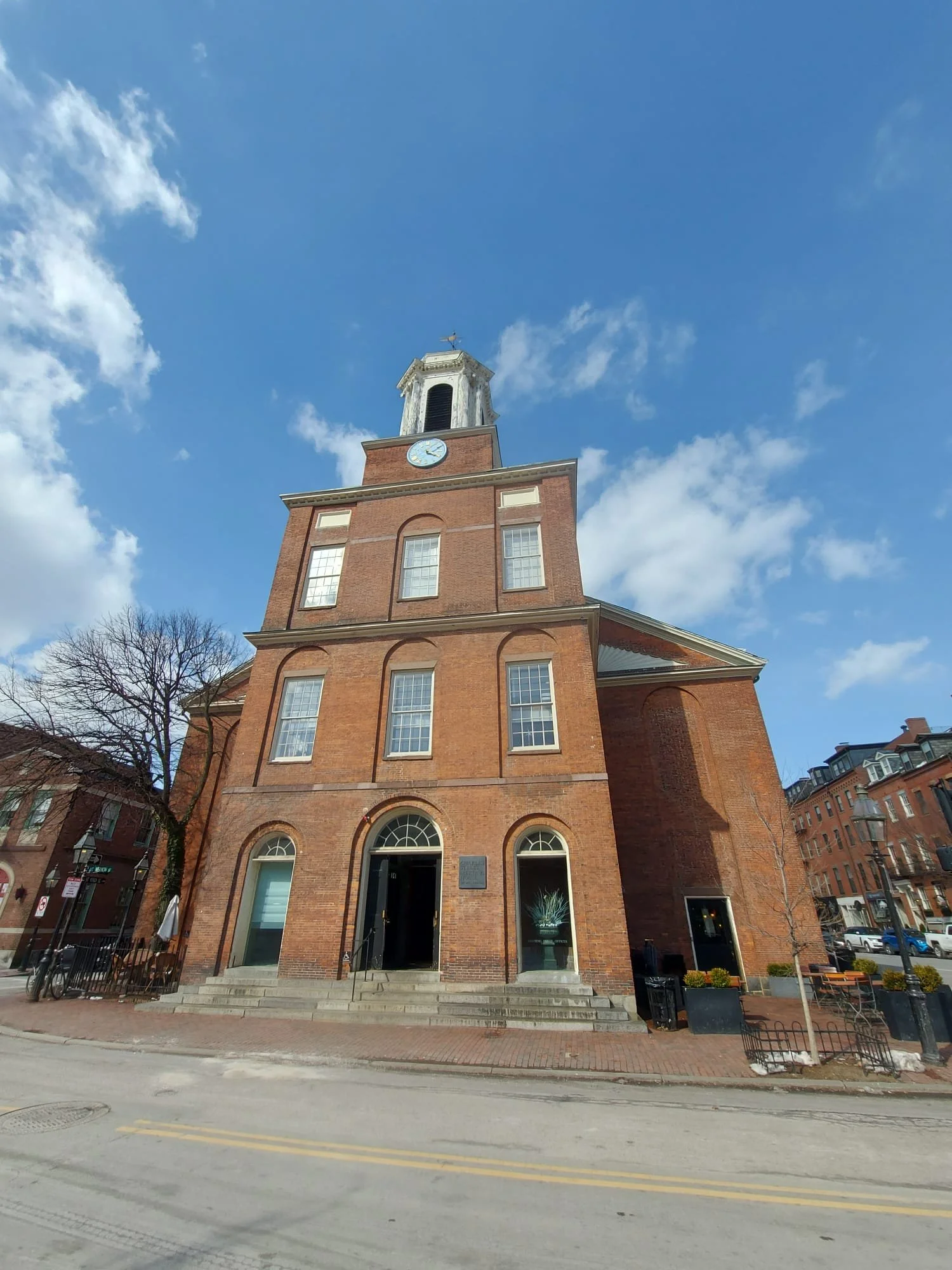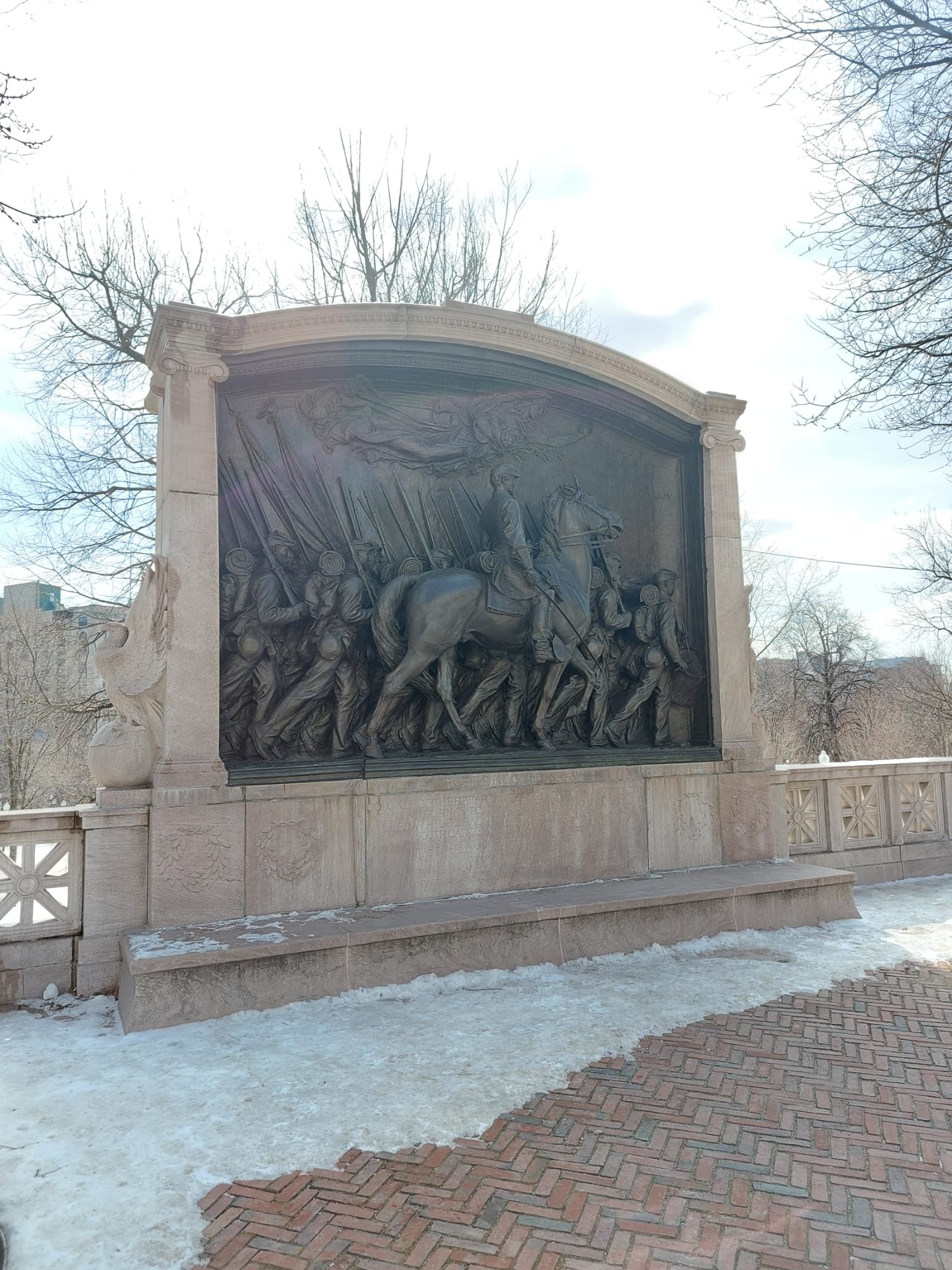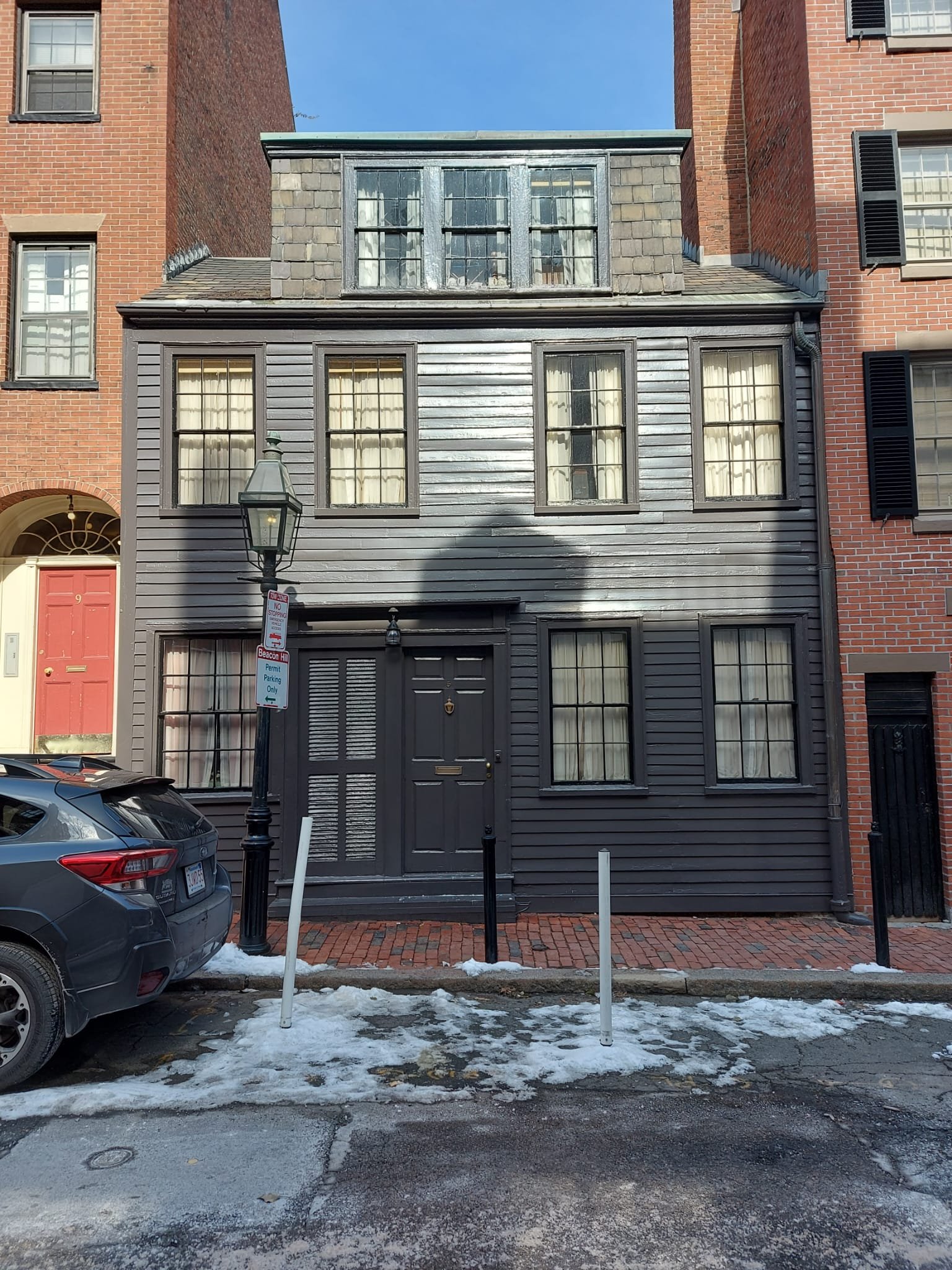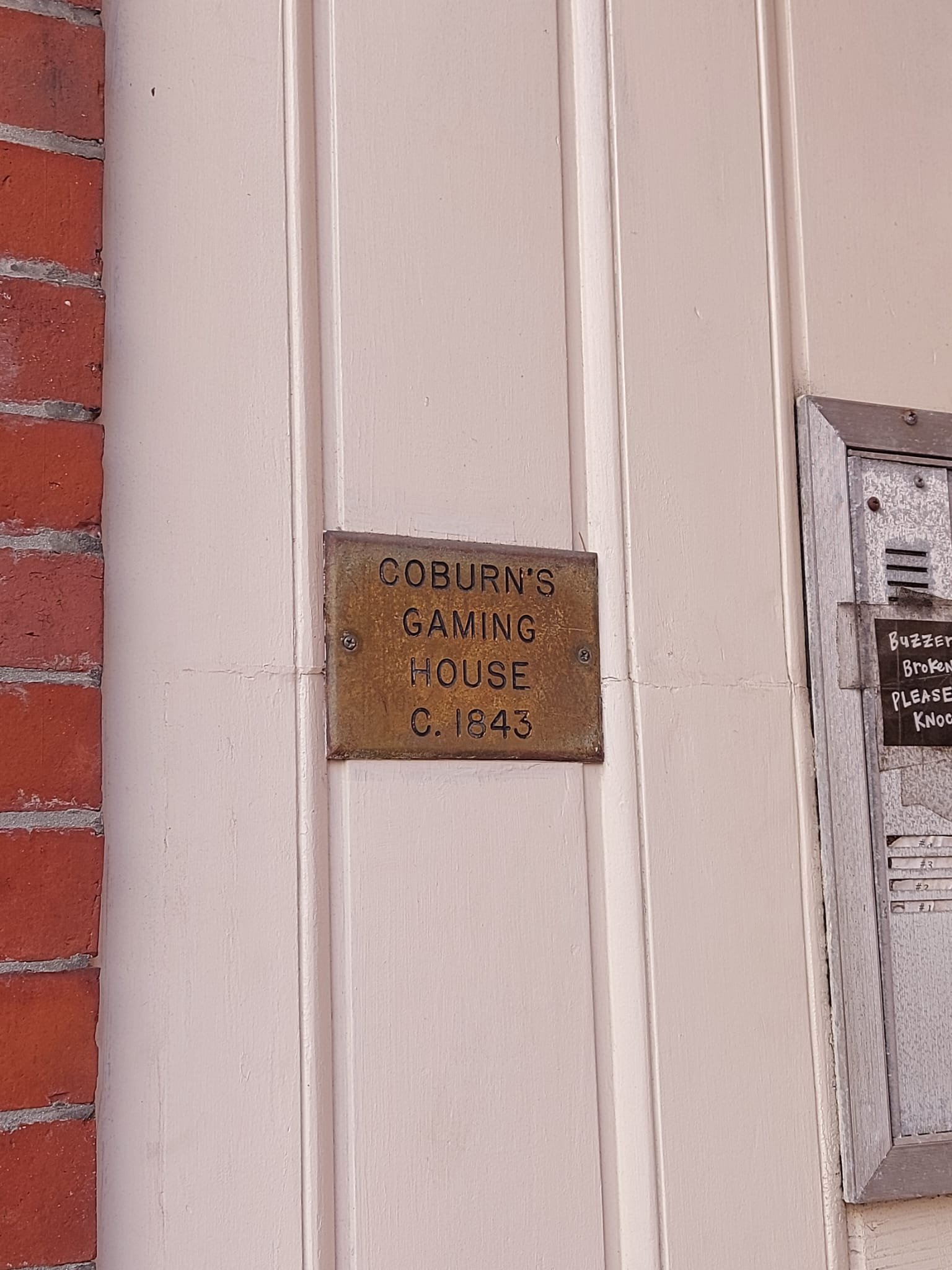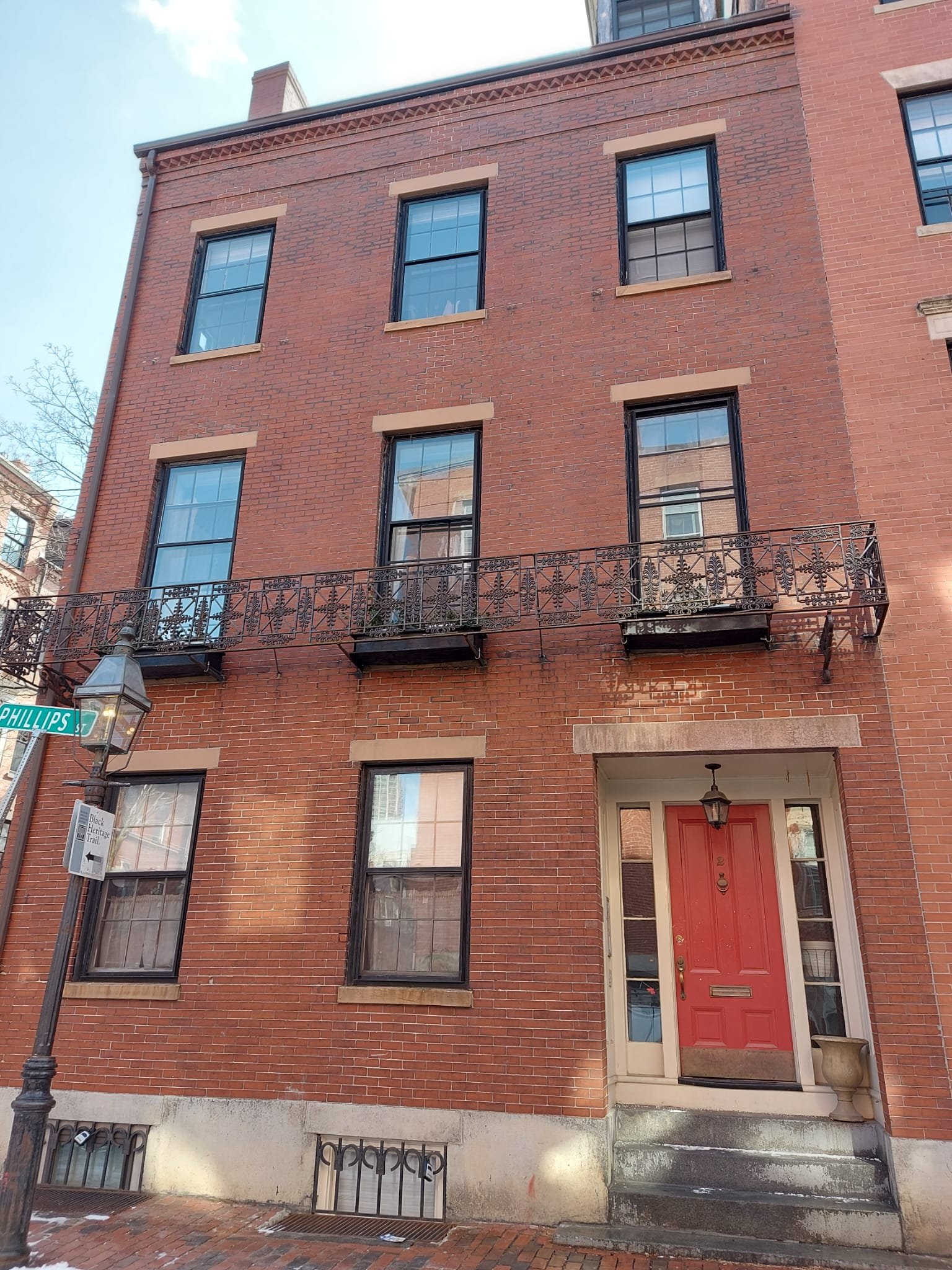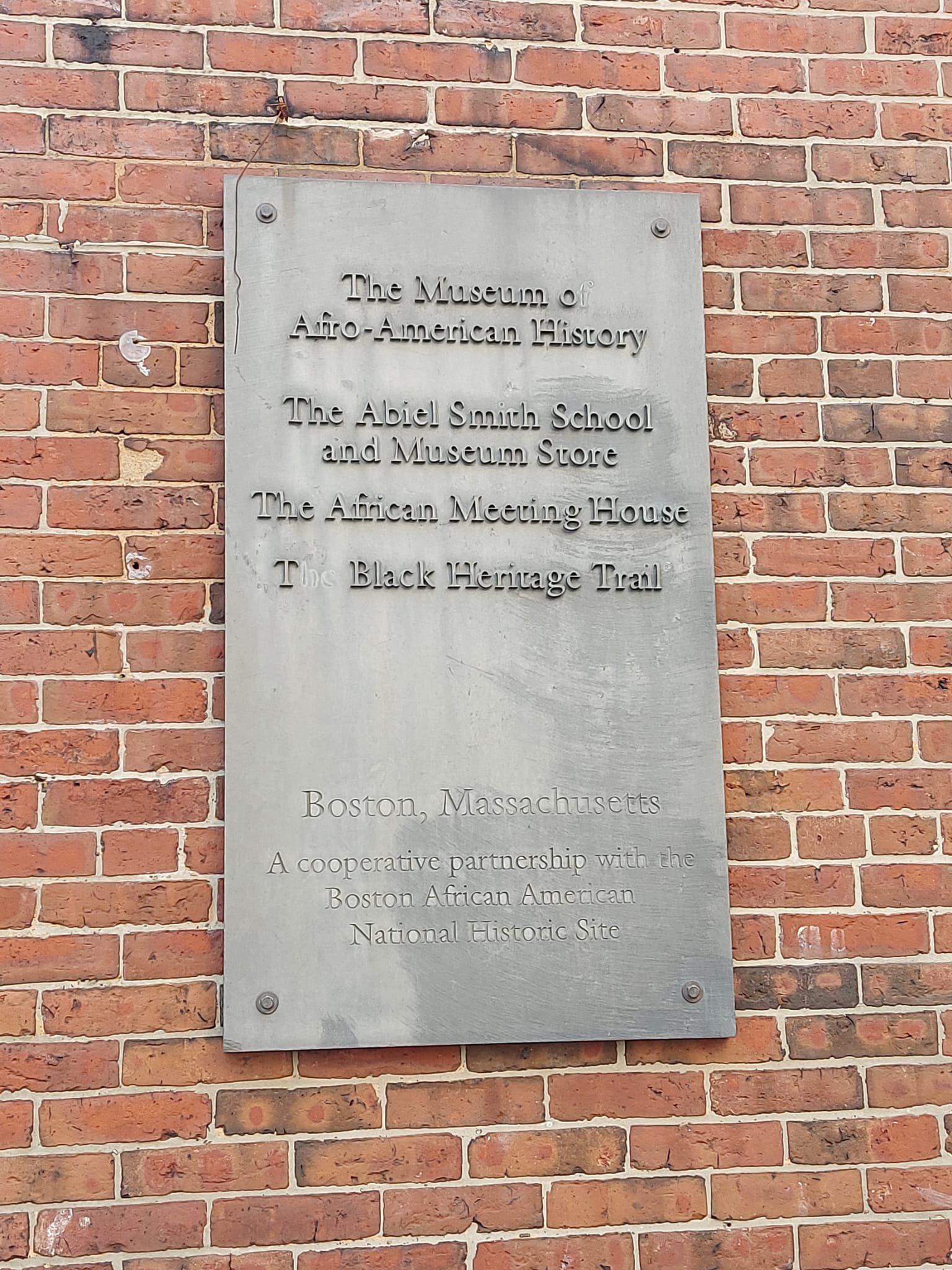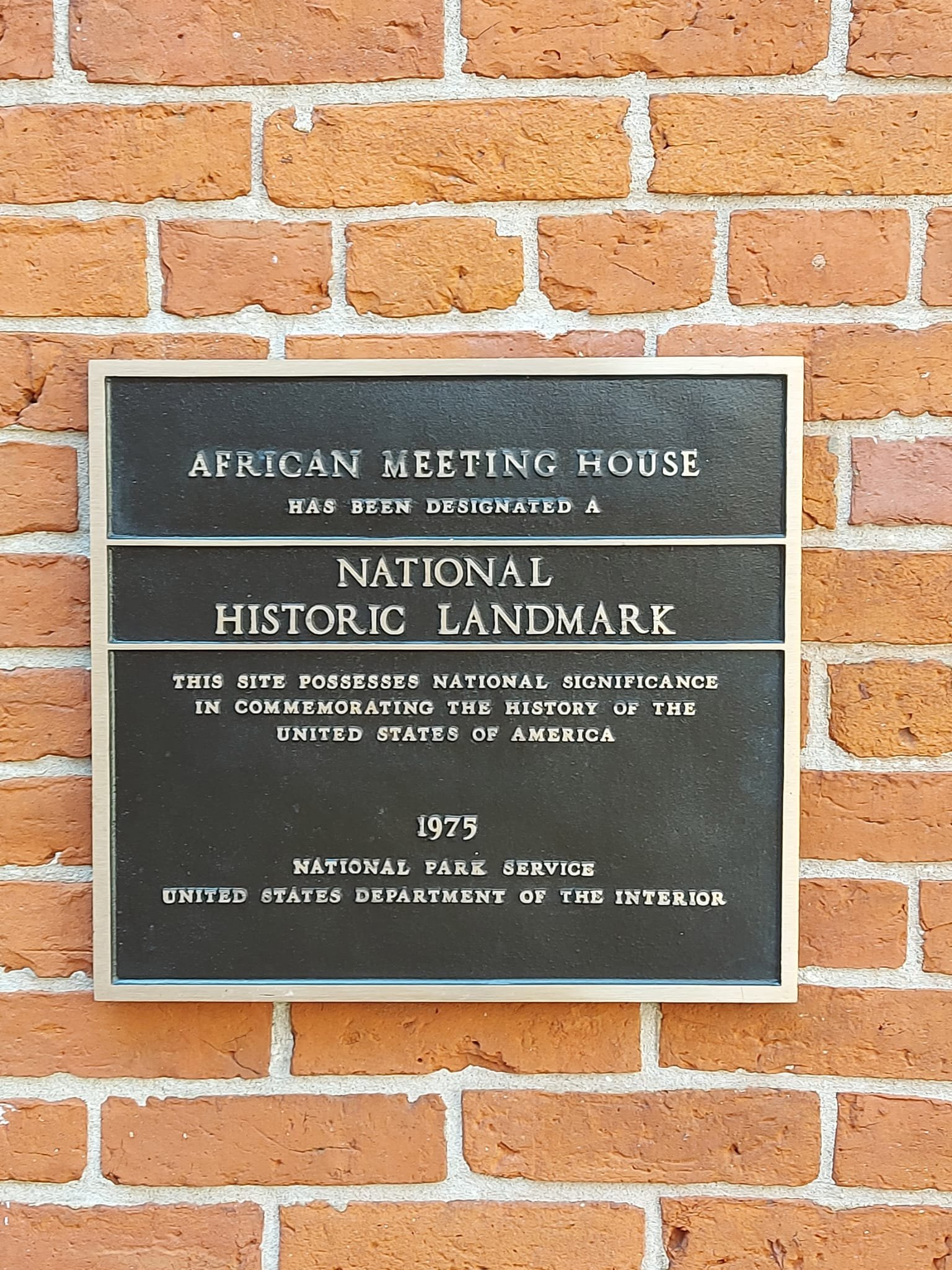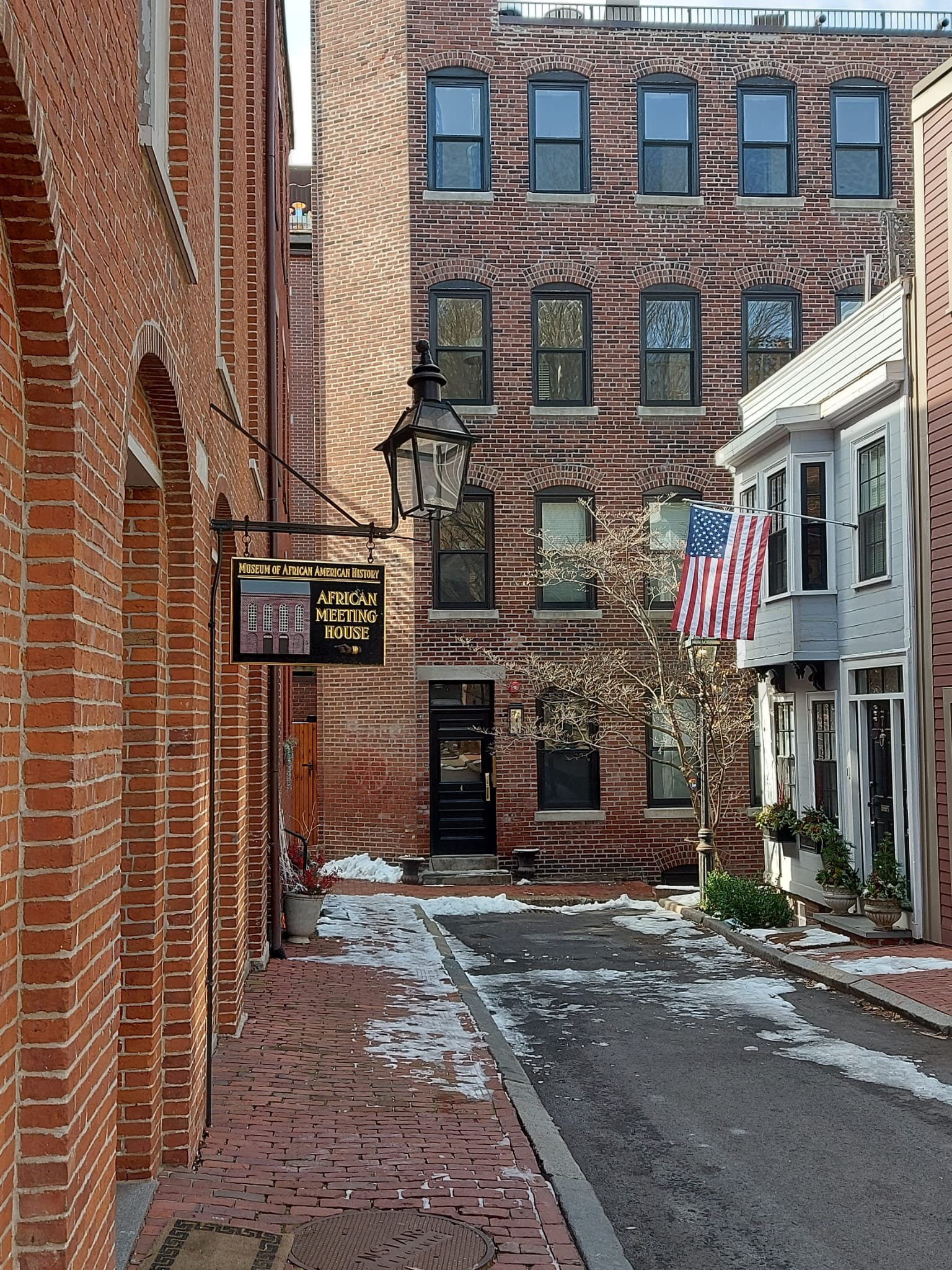For #BlackHistorymonth2023 we took a walk along the Boston Black Heritage Trail.
The Black Heritage Trail® is a 1.6 mile walk through the heart of Boston's Beacon Hill neighborhood. The trail showcases residences and community buildings associated with a Black community that thrived on, and near, the north slope of Beacon Hill before, during, and after the American Civil War. Throughout that time, this community struggled and organized for equal rights and access to equal education. Community members championed the movement to abolish slavery and even housed freedom seekers on their journey along the Underground Railroad.
Most sites along the trail remain private residences. However, the final stops—the Abiel Smith School and the African Meeting House—are part of the Museum of African American History which is open to the public.
For a full audio tour of the The Black Heritage Trail®, we can highly recommend the Self Guided Tour in the NPS App.
So follow along with us as we explore the Boston Black Heritage trail!
#1 - The Robert Gould Shaw and 54th Massachusetts Regiment Memorial on Boston Common.
The Colonel Robert Gould Shaw and Massachusetts 54th Regiment Memorial commemorates one of the first Black fighting units to serve in the American Civil War. Through their bravery at Fort Wagner, the 54th helped erode northern public opposition to the use of Black soldiers and inspired the enlistment of nearly 200,000 African Americans during the war.
#2 - George Middleton House
Built in 1787, this structure is one of the oldest standing homes on Beacon Hill. George Middleton (1735–1815), one of the original owners, led the Bucks of America, a local Black militia during the American Revolution. After the war, he became an activist and community leader, helping found the African Society and serving as the 3rd Grand Master of the Prince Hall Masons. By establishing and serving in these early local institutions, Middleton and others in his generation helped lay the foundation for the larger abolitionist and equal rights movements to come in the 1800s and beyond.
#3 - Phillips School
Built in 1824 and considered one of the finest schools in Boston, the Phillips School educated only white students until 1855. Black students attended the underfunded and overcrowded Abiel Smith School on nearby Joy Street. In response to this disparity in education, Black activists and their allies launched a long and successful effort to integrate the public schools which occurred in 1855 through an act of the legislature. With the passage of this law, Massachusetts became the first state to prohibit public school segregation and the Phillips School became one of the first integrated schools in the city.
#4 - John J. Smith House
John J. Smith House
Born free in Richmond, Virginia, John J. Smith (1820–1906) moved to Boston in the 1840s. A leading community activist, Smith operated a barbershop that became a center for abolitionist activity. His shop also reportedly served a rendezvous point for "secret councils" that offered protection and assistance to those escaping slavery on the Underground Railroad. Smith played a crucial role in helping Shadrach Minkins escape from slave catchers in Boston. He and Lewis Hayden secretly took Minkins to a safe house in Concord in February 1851 following Minkin’s rescue from the courthouse. Smith and his wife Georgiana also participated in the equal school rights movement in the 1850s. During the U.S. Civil War, Smith recruited for the Black Massachusetts regiments and 5th Calvary. He later served in the Massachusetts House of Representatives for three terms and on the Boston Common Council. Smith lived here from 1878 to 1893.
#5 - Charles Street Meeting House
Built in 1807, the Charles Street Meeting House originally served as the home of the Third Baptist Church. Like most Boston churches at the time, Third Baptist enforced racially segregated seating. In 1836, Timothy Gilbert, a White abolitionist, challenged the church's policy by inviting several of his African American friends to sit in his pew. Expelled for his actions, Gilbert founded the First Free Baptist Church, also known as Tremont Temple, considered the first integrated church in Boston. In 1876, Third Baptist sold the building to the First African Methodist Episcopal Church. Known thereafter as the Charles Street A.M.E. Church, it became the largest of Boston's five Black churches at the time. When the church moved to Warren Street in Roxbury in 1939, Charles Street A.M.E. Church became the last Black institution to leave Beacon Hill.
#6 - Lewis and Harriet Hayden House
After escaping from slavery in Kentucky, Lewis Hayden (1811-1889) and his wife Harriet (1816-1893) settled in Boston on the north slope of Beacon Hill. They soon established their home as the most active Underground Railroad safe house in the city, sheltering scores of documented freedom seekers. During the U.S. Civil War, Lewis worked as a recruiter for the 54th Massachusetts Infantry Regiment and later served as a state legislator in the Massachusetts General Court.
#7 - John Coburn House
A prominent clothing dealer and community activist, John Coburn (1811–1873) served as treasurer of the New England Freedom Association, an organization dedicated to helping people escape from slavery. Authorities arrested, though later acquitted, Coburn for his alleged role in the courthouse rescue of Shadrach Minkins, the first person seized in Boston under the 1850 Fugitive Slave Law. Coburn also co-founded the Massasoit Guards, a Black military company and precursor to the 54th Regiment.
#8 / 9 / 10 - Smith Court Residencies, Abiel Smith School, & the African Meeting House
The Smith Court Residences provide a window into the family life, occupations, and activism of African Americans in 19th century Boston.
The Abiel Smith School opened in 1835 and served as a focal point in the Black community’s struggle for equal school rights in 19th century Boston.
Built in 1806, the African Meeting House served as a church, school and gathering place for the political activism and cultural life of Boston’s free Black community in the 19th century.
For more information on the Boston Black Heritage Trail, make sure to download the Self Guided Tour in the NPS App.

